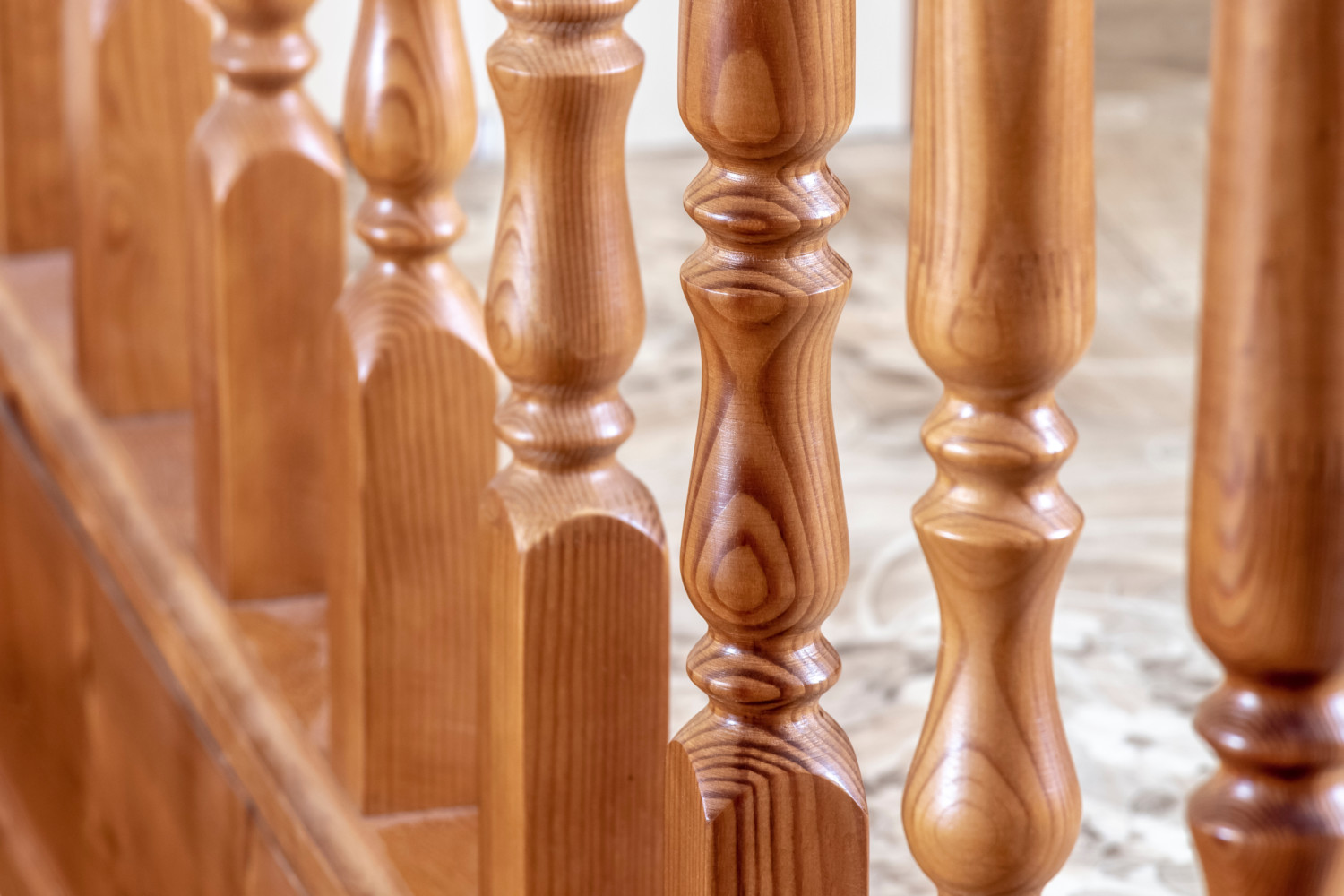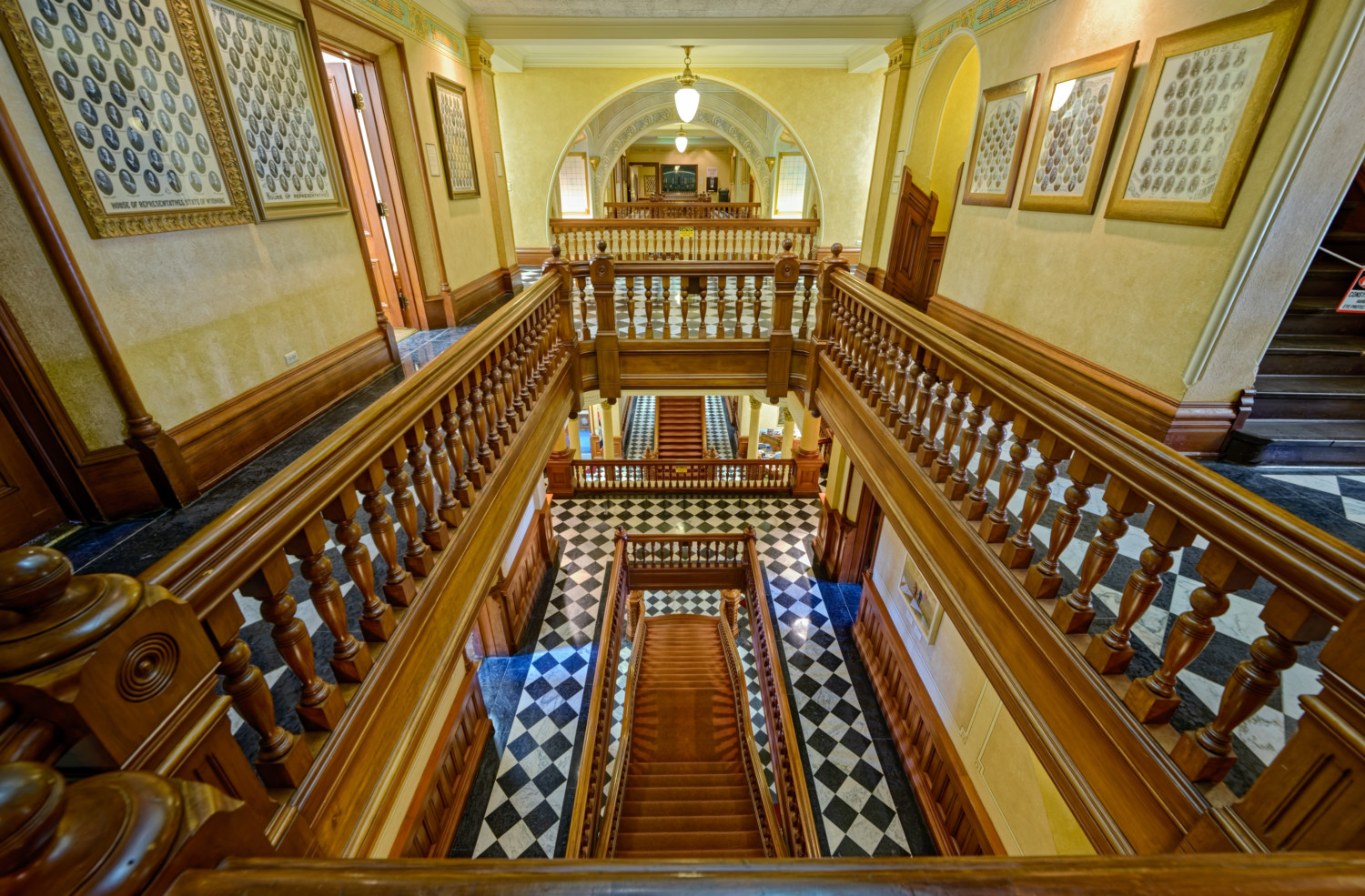Next time you’re in an older home, take a close look at the stairs to see if you can find a unique quirk. Sometimes you’ll see a single baluster that doesn’t match the others within a staircase banister because it’s flipped upside down. Is this the result of a careless mistake made by the original builder, or was it an intentional move?
Of course, nobody’s perfect, so there’s always the chance that the flipped banister spindle could be a simple oversight. But there are a couple of additional reasons that a baluster may be installed upside down. One is because it makes more sense for the design or installation, while others are based on superstitious beliefs once so strongly held that they influenced the architecture of various homes.
Do Upside-Down Balusters Ward Off Evil?
In a 2020 post on a forum for landlords, a user asked about the practice of installing one baluster upside down. A commenter from northwestern England had wrote they had heard about a superstition from an old “chippy,” which is slang for a carpenter in the U.K.
“He says that it’s an old Scottish and borders ‘secret’ sign showing support for Bonnie Prince Charlie,” wrote the commenter. “The chippy’s tale is that there was indeed a superstition about an upturned bottom spindle stopping the devil from climbing a staircase to claim occupants on their deathbed,” the commenter wrote.
The commenter went on to explain the upside-down balustrade as a covert sign of support from Scottish builders who supported Bonnie Prince Charlie’s failed claim to the English throne in the 18th century. The story is fairly detailed and involves a key road near the England-Scotland border known during that time as “The Devil’s Staircase.”

Similarly, in the book, “Staircases: History, Repair and Conservation,” the author states that in early 17th-century stairs, nailed balusters were easy to remove, and finding one upside down was not uncommon. This was claimed to be a charm for good luck. It was used as an alternative to an apotropaic mark, also known as a witch mark, hexfoil or charm, which were all thought to keep away evil spirits.
Or Are They a Sign of Respect?
HGTV and DIY Network host Scott McGillivray shared a photo on Facebook of a railing with a single upside-down baluster toward the center of the bannister.
“One of these things is not like the other,” he wrote, and thousands of users reacted, including at least one who shared a potential reason for the “mistake.” The Facebook user commented that seen an upside-down baluster was common in old houses as a potential sign of respect from pious builders.
“The carpenter recognized that only God was perfect,” wrote Douglas Harpur, “so he put one spindle in upside down to make his work imperfect.”
Similarly, visitors to some government buildings in the U.S. may notice a single inverted baluster.
For example, one in the grand stairway that leads from the second floor to the third floor of South Dakota’s State Capitol in Pierre. Author Marshall Damgaard, who wrote “The South Dakota State Capitol: The First Century,” stated that doing so was common during the era the building was constructed, which was at the beginning of the 1900s. Again, the tradition symbolized the belief that only God can attain perfection. In this case, the inverted spindle is the third on the right representing the Holy Trinity.
There’s also an inverted baluster at the Wyoming State Capitol in Cheyenne, which predates South Dakota’s by a couple decades. Richard R. Gibson, who wrote “A Celebration of State Capitols,” reported that Amish craftsmen who built the staircase intentionally flipped it to remind visitors that no person, or law, is perfect.

So, if you have discovered an upside-down baluster in a staircase, there’s a fair chance someone installed it that way intentionally. Have you ever heard a legend about inverted staircase spindles?
This story originally appeared on Simplemost. Checkout Simplemost for additional stories.


